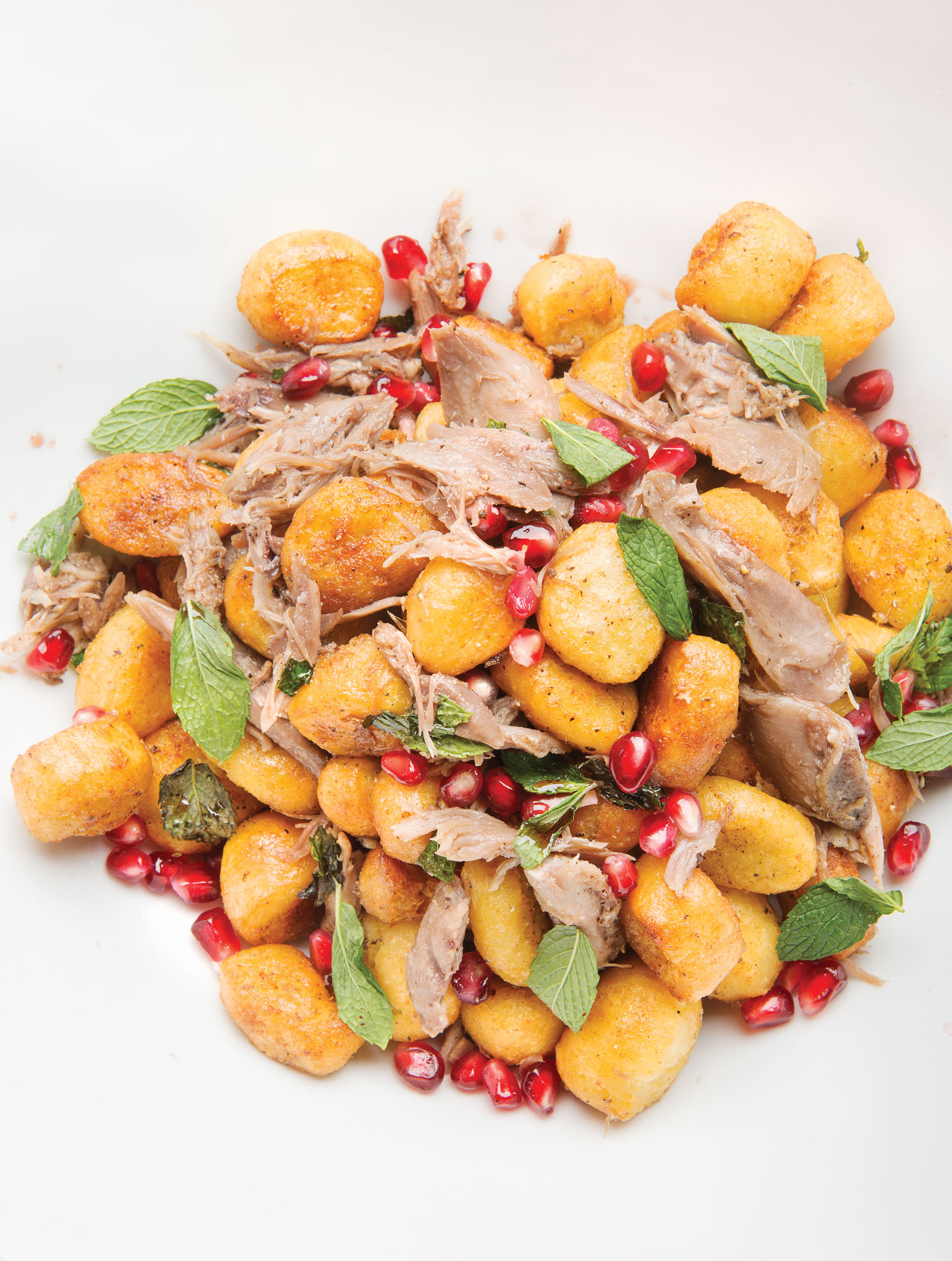As the holidays approach — a time of year typically filled with socializing, passing appetizers and get-togethers full of merriment (laughing, talking and basically a whole lot of exhaling in public) — it is apparent that this year’s festivities will be colored by Covid-19.
Let’s make the best of it. For many of us, we’ve already had a head start on one of the biggest Covid pleasantries — comfort food. As evidenced by the abundance of baking videos, rise in alcohol consumption and the common joke of the pesky Covid-15 (as in pounds), most of us haven’t waited for the holidays to seek out our favorite eats, morsels of delight, a whole container of ice cream or bucket of fried chicken. What the hell, it’s 2020, right? Covid layered stress on top of anxiety and plaited fear with uncertainty that led to a shift in our eating habits, among many other changes. Now more than ever, mashed potatoes with gravy and pumpkin pie with whipped cream deserve top billing for their ability to nurture body and spirit. This holiday season let’s make “Treat Yo’ Self” our collective motto.
What is Comfort Food — How Does it Affect Us?
Professional and home chefs, in many homes called “mom,” know something about lifting a mood via the plate. The family table is a dish’s ultimate litmus test — does it smell great before it even makes it to your mouth? How is the mouthfeel, a word used by industry folks to describe the physical sensations in the mouth produced by a particular food? In On Food and Cooking, the ground-breaking book that explores the science and lore of the kitchen, science writer Harold McGee notes that “foods are mixtures of different chemicals, and the qualities that we aim to influence in the kitchen — taste, aroma, texture, color, nutritiousness — are all manifestations of chemical properties.” Comfort foods, by their very nature, appeal to us for their ability to satisfy an emotional hunger using these powerful attributes.
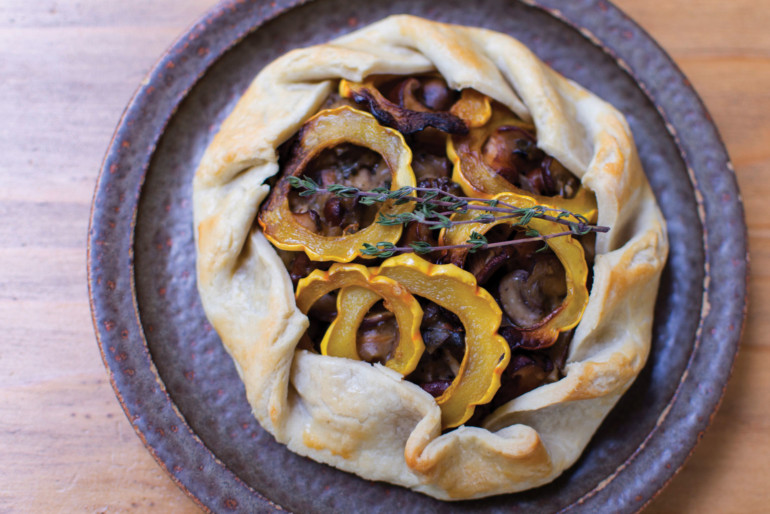
This time of year, we are inundated with an abundance of articles and social media posts or the side-eye from that one friend preaching nirvana via proper nutrition, making us second guess the fact that we truly feel happy eating a chicken pot pie. But do indulgent foods really give us comfort? Or does such intemperance provide fleeting sensory pleasure followed by guilt or an upset stomach? Research reveals that although some so-called guilty pleasures will indeed make you feel good in the short term, your desire to reach for chocolate cake instead of carrots and celery might also depend on your mood.
What’s in a Name
Not surprisingly, comfort foods are often sought after for their ability to satisfy emotional needs, not hunger. A simple yet complex phenomena that was addressed in an article posted on Psychology Today in November, 2018. The writer examines the work of Jordan D. Troisi et al. (2015), a psychology professor at the University of the South in Sewanee, Tenn., who conducted two studies to explore the circumstances leading to comfort food consumption. Basically, he found that individuals experiencing what he describes as, “belongingness threat” and/or social isolation will reach for the taste of comfort food (for instance a potato chip) for, well, comfort and a feeling of connectedness. Anyone working from home or not working due to a lay-off or home-schooling children due to Covid concerns can confirm Troisi’s results — that people under psychological stress turn to foods that provide emotional comfort as a readily accessible form of self-medication.
Get That Jazzy Feeling from Any Favorite Food
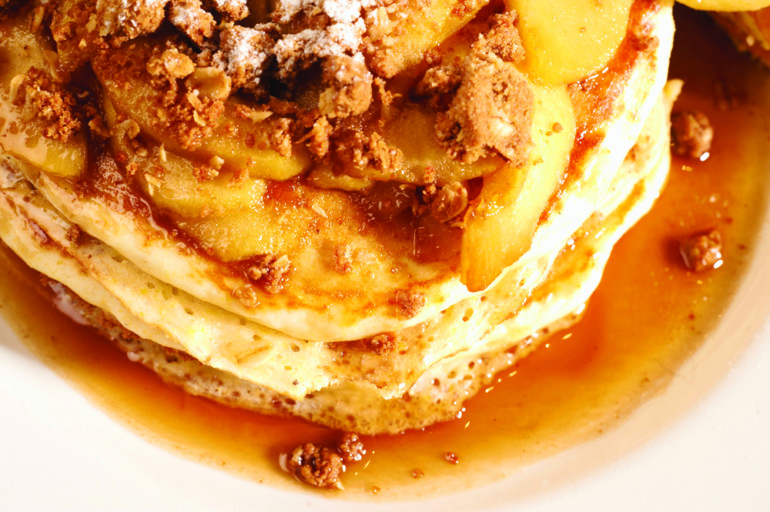
What qualifies as comfort food? Despite the stereotypes, Troisi, et al. note that comfort food does not always mean junk food. Simply put, comfort food is any food — animal, vegetable or mineral — that produces a pleasant emotional state. It does not carry the burden of saturated fat or excess calories or sugar or white flour or any food we are told is “bad.” Self-reported definitions of what constitutes comfort food emphasize the experience and context of where and with whom the meal took place, as well as the associations and relational ties to the particular food. It makes us feel good. In other words, here in Marin, comfort food, can very easily be a vegan quinoa loaf topped with avocado slices, a pork belly taco, a super-food smoothie or a bowl of pho. Yum!
Tryptophan, Serotonin and GABA, Oh My!

The holidays — and Covid — can promote stress and depression which can also push up inflammation markers and cause a host of other health problems. But foods can make us feel happy and satisfied, too. “The tryptophan that you find in some foods is a precursor for serotonin, which is a neurotransmitter that tends to make people feel good,” says Dr. Dean Ornish, the founder and president of the nonprofit Preventative Medicine Research Institute and clinical professor of medicine at the University of California, San Francisco. Like antidepressants, “This essential amino acid basically works by increasing the levels of serotonin in your blood.” Besides turkey, tryptophan is found in foods like nuts and seeds, leafy greens and whole grains.
Fun Fact: Ninety percent of the serotonin found in your body is produced by the digestive tract. And it helps regulate mood and sleep among a host of other anti-depression measures. “There are other gut-brain interactions,” Dr. Ornish says. Your biome, the colony of beneficial microorganisms in your gut, aids digestion but because the tissue in the digestive tract is mostly nerve tissue, a healthy gut supports a healthy nervous system. “That includes GABA, which helps people to relax,” says Ornish.
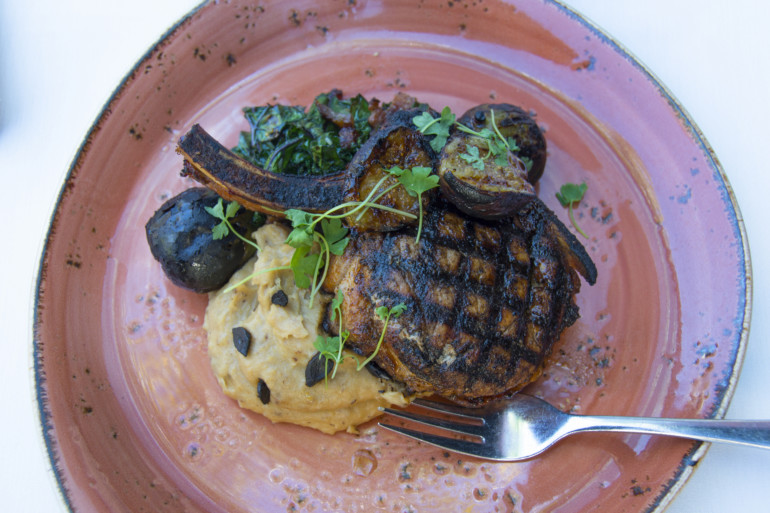
Gamma aminobutyric acid, known as GABA, is sometimes called the “feel-good hormone.” It is boosted from high levels of gut bacteria such as Lactobacillus rhamnosus, influencing the GABA receptors in your brain to alleviate symptoms of depression. “We found, in our studies of more than 12,000 people, that depression scores are cut in half when people make lifestyle changes,” Ornish confirmed. Candied yams or pancakes with syrup and a side of bacon can taste really good. “But we’ve learned (over and over) that “the problem is, they promote inflammation,” Ornish says. Inflammation is the issue at the root of many health problems, including everything from the common cold and asthma to arthritis and ear infections. Ornish continues, “Eating these processed foods that are high in refined starches and sugars may temporarily give you a lift, but they ultimately actually exacerbate the very problem that you are trying to prevent.”
The Pandemic Effect on Our Immune System
One of the vexing issues associated with Covid-19 is it can provoke a human’s immune system to produce an overabundance of cytokines (known as a cytokine storm), leading to a prolonged state of inflammation. Under normal health circumstances, these molecular messengers regulate the body’s inflammatory response, keeping pain and other negative consequences in check. “Insulin resistance also causes inflammation by increasing secretion of cytokines from immune function cells,” Ornish says. “A vicious cycle results in which insulin causes more inflammation which causes more insulin resistance.” Chronic emotional stress such as we are experiencing as a globe in 2020 also causes chronic inflammation.
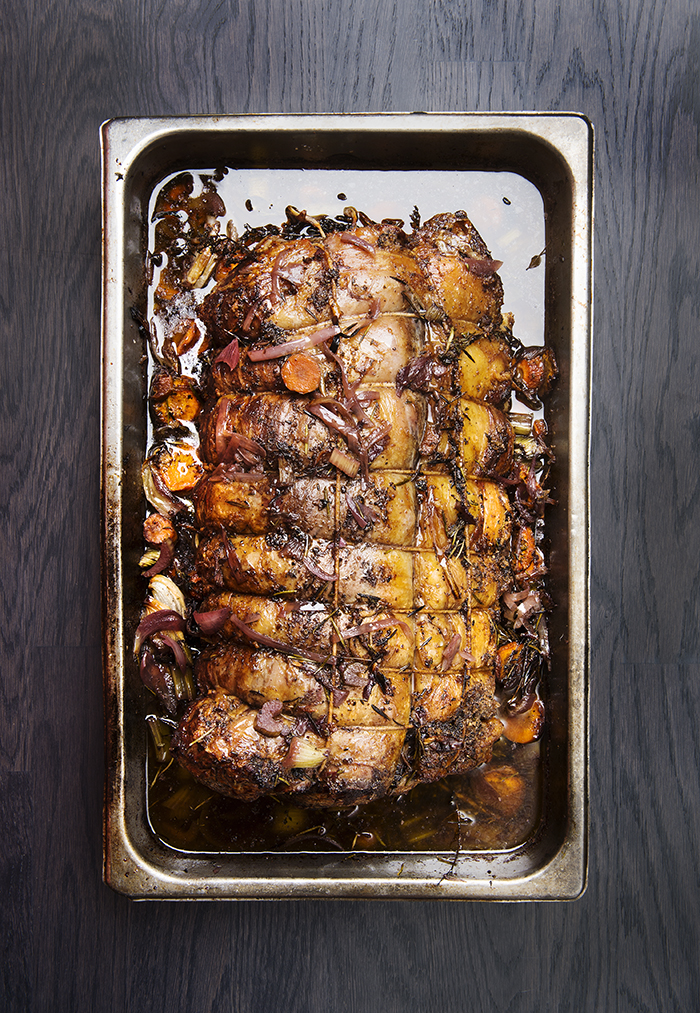
Dr. Ornish also recommends choosing a whole foods, plant-based diet as a tool to reduce the release of cytokines. “Meat actually has a bigger spike in your blood sugar than refined carbohydrates,” he says. “The inflammatory markers go up after consuming diets that are high in red meat or dairy in just a few weeks.” Ornish suggests replacing the so-called bad carbs, like sugars, white flour and white rice, with good carbs, like vegetables and whole grains, not with animal protein. It’s personally sustainable and better for the planet, too. That doesn’t mean avoiding the cornbread, stuffing or the spiral ham on the holiday table. “It is not an all or nothing proposition,” he says. “Enjoy some goodies, savor them to boost your mood, and eat enough whole foods to feel good the next day.”
One Day Won’t Do Damage
Good news, for those feeling like a bit of indulgence: a study published in the New England Journal of Medicine in 2016, found that of the nearly 4,000 adults studied, they only gained an average of one pound over the holidays. And it is nearly impossible to gain a pound in a day of indulgence. For a person consuming 2,000 calories a day, they would need to eat up to 3,500 additional calories to gain a pound of fat. That bloat you’re feeling is likely from the sodium in the high-calorie foods. The body can retain up to five pounds of water weight.
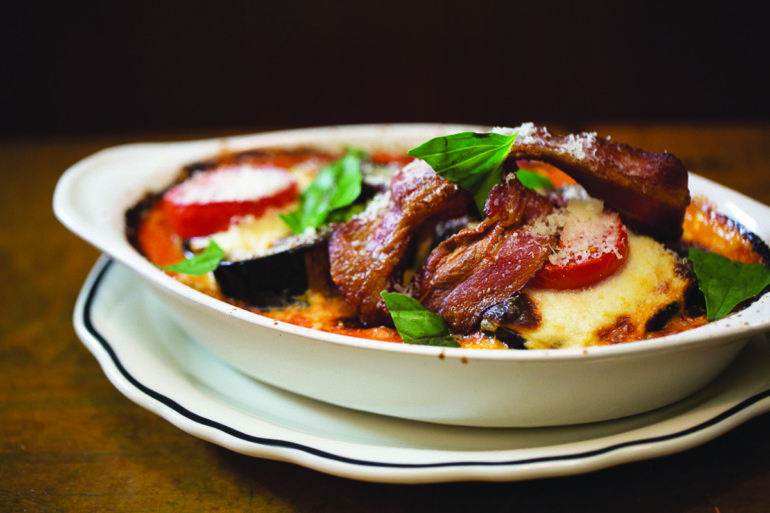
Shift Your Thinking about Indulgence
As Covid endures, everyone is looking for something that adds pleasure to their daily lives. That something is often food. So enjoy that pie with whipped cream. In a year when the little things seem like big things, that feels like the advice we need to honor the season. Resolve to eat better in 2021. Party. On.
If You Must Counter the Overindulgence?
We are all for enjoying the moment, savoring the deliciousness of the holidays with friends and family. Go for it! But if your aim is to reduce the release of cytokines and boost health, eat more vegetables.
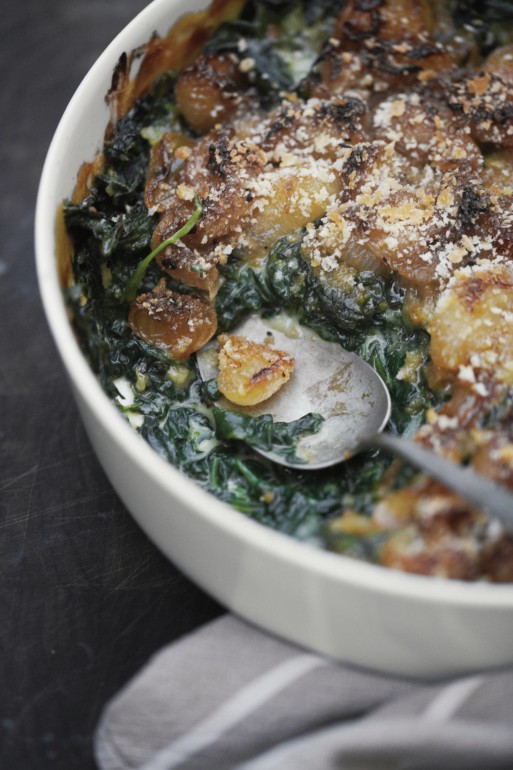
Leah Groppo, MS, RD, CDCES, a clinical nutritionist at Stanford University, counsels her patients to think about the benefits of the holidays — time to cook or to socialize with friends and family, even if it is a smaller group than usual. “Food should be something you enjoy but not the main reason for the celebration,” Groppo counsels. Groppo suggests looking for foods that offer satiety from fiber but without a lot of added fats and sugars. That means choosing the stir-fried green beans, slow-simmered collard greens or the green salad dressed with oil and vinegar. “Most people find benefit by putting a vegetable on their plate first and filling the majority of their plate that way,” Groppo says.
She encourages families to shift their mindset around holidays and food. Can you do an activity together? A board game or a hike to shift the mindset around food? “You could also tap into something more creative like creating a book together or spend time talking about why you came together this year to celebrate this holiday.”
Even small dietary changes can help relieve stress by making the body feel better, stronger, more nourished. Groppo encourages her patients to consider how they can turn Covid around and make something new. “Maybe that means making black bean brownies instead of chocolate or cauliflower mash instead of mashed potatoes,” she says. Or swapping sautéed veggies for bread in a traditional holiday breakfast casserole or baking only two cookies at a time and freezing the rest of the dough. The important thing is to focus on changes you can make. “Maybe that means more lean protein and less processed starches,” Groppo says. “Any change can be healthy.”
Check out some comfort food recipes from Todd Shoberg, and Michael Mina.
How to Help
For more ways to support local businesses, go here.


